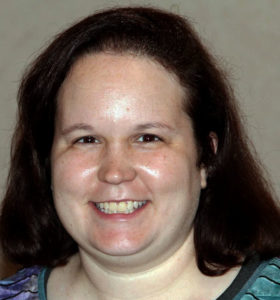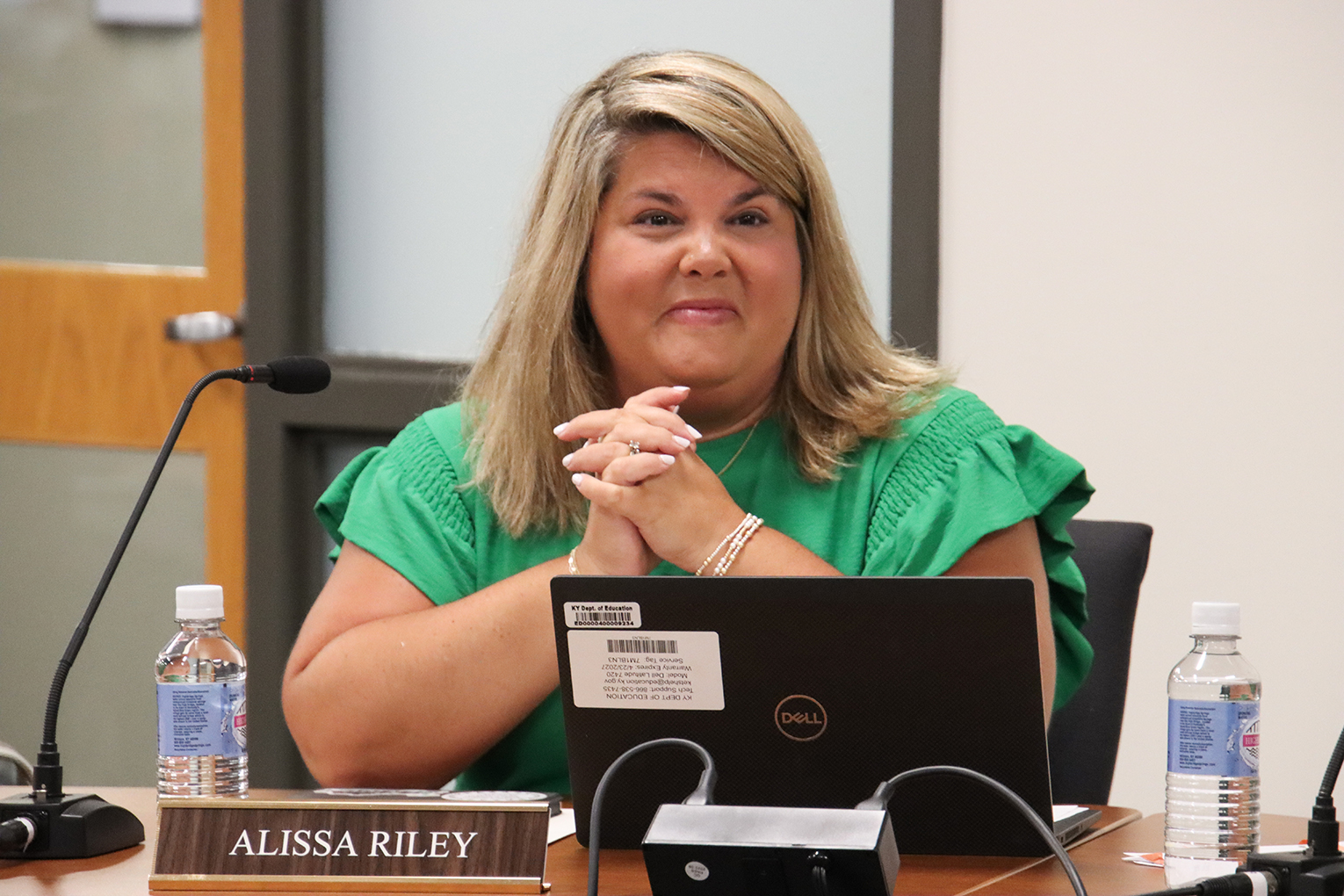
Julia Durbin Bishop
Julia Durbin Bishop
Julia.bishop@lee.kyschools.us
In 1965, my father’s senior class walked across the gym to receive their diplomas as the first graduating class of the newly constructed Lee County High School. Thirty-three years later, I followed in his footsteps, becoming the second generation in our family to graduate from LCHS.
Many families in my small community have similar stories. Grandparents, parents and children are proud to say that they are graduates of Lee County High School.
Similarly, our teachers have pride in their work and educational traditions. Many of our former middle and high school graduates have returned home after college to teach in the same classrooms they attended as students. It is with tremendous pride that they say, “I am a social studies teacher at Lee County Middle School” or “I teach science at Lee County High School.” Every teacher dedicates themselves to making the same instructional impact on the current generation of students that their teachers made on them.
Over the summer, our traditions were threatened. Members of the board of education voted to consolidate the middle and high schools. Two faculties were combined and the school was newly christened Lee County Middle High School.
Many teachers expressed concerns about the schools losing the identities and traditions that they had held dear for so long. Fortunately, through the hard work of teachers and the support of school and district administrators, these fears turned out to be unfounded. Teachers from both schools have united to create a positive learning environment that helps students meet the standards.
As with any big change, we’ve experienced an adjustment period. The biggest help has come from supportive district administrators as teachers have worked through their growing pains during professional learning communities (PLCs). PLCs have been a focus after the merger because in the past, the separate schools held their meetings very differently.
One group of teachers was accustomed to meeting quickly and checking off an assigned list of duties. Another group of teachers preferred to spend their PLC time completing paperwork, while a third group looked at student work. Like the teachers, each group was different and focused on their own needs rather than looking at the big picture. It became clear that in order to move students forward, thoughtful changes would need to be made regarding implementation of PLCs.
In order to create a stronger sense of unity and ownership among instructors, PLCs were designed to help all teachers deepen their practice and share their expertise. District leaders began by providing detailed agendas and protocols to follow. Later, teachers were encouraged to share their own ideas for group discussions, which were facilitated by an instructional coach. The final transition has been for teachers to lead the PLCs themselves.
Since the implementation of the PLCs at the beginning of the new school year, the impact has been amazing. Teachers now share a common vision and the focus on instructional practices has helped students master rigorous content. This shared vision has led to an increase in collaboration among educators. Teachers are sharing what works in their classrooms and spending more time reflecting on how to implement the effective teaching practices of the colleagues.
Although our path to a more collaborative faculty was built upon a time of tremendous transition, the lessons we have learned will benefit teachers in any situation where their goal is to create a student-centered, forward-thinking faculty body. Educators in the Lee County school district have found the following guidelines to be instrumental in developing a sense of professionalism and collaboration among faculty:
- Develop norms
Norms can be considered a behavior contract by group members. Norms keep all members focused on the day’s tasks. Examples of norms may include:
- Value each other’s time by starting and ending on schedule.
- Assume good intentions of all members.
- Arrive at the meeting prepared.
- Turn off cell phones.
- Listen to and hear each other’s viewpoints.
- Identify priorities
Before teachers began meeting in individual PLCs, school leaders identified four focus areas for all teachers to reflect on during instruction. Our focus areas, based on The Effective Learning Environments Observation Tool walkthrough data, are:
- Differentiation
- Questioning
- Formative assessment
- Student engagement
- Provide resources
Professional learning communities need resources to function successfully. At the minimum, teachers need a time and place to meet and share with their colleagues. PLC resources include:
- Time
- Place
- Technology
- Staff
- Agenda
- Cultivate faculty buy in
The old adage that “a chain is only as strong as its weakest link” definitely applies to teachers and other school employees. Lack of buy in from staff can prevent the group from moving forward. To ensure that all teachers feel that their voices are being heard and their opinions matter, PLCs should:
- Be teacher led
- Have a shared vision
- Increase teacher self-efficacy
- Celebrate successes
- Encourage communication
In the spring of 2017, a new senior class will rise to receive their diplomas as the first graduating class of Lee County Middle High School. Watching them graduate will be a proud, unified school faculty that can be confident in its ability to collaborate as professionals and make appropriate instructional decisions.
Although the students may not realize it, many decisions about their education were decided by groups of hard-working, dedicated teachers working in PLCs behind the scenes. Hats off, class of 2017! Your teachers are united behind you!
Julia Durbin Bishop is a National Board certified teacher at Lee County Middle High School, where she has worked for 13 years. Bishop is involved in many teacher leadership programs, including Hope Street Group, Kentucky Appalachian Teacher Network and Classroom Teachers Enacting Positive Solutions. She earned her Rank 1 in special education from Morehead State University and is working on her doctorate in leadership from the University of the Cumberlands.



Leave A Comment